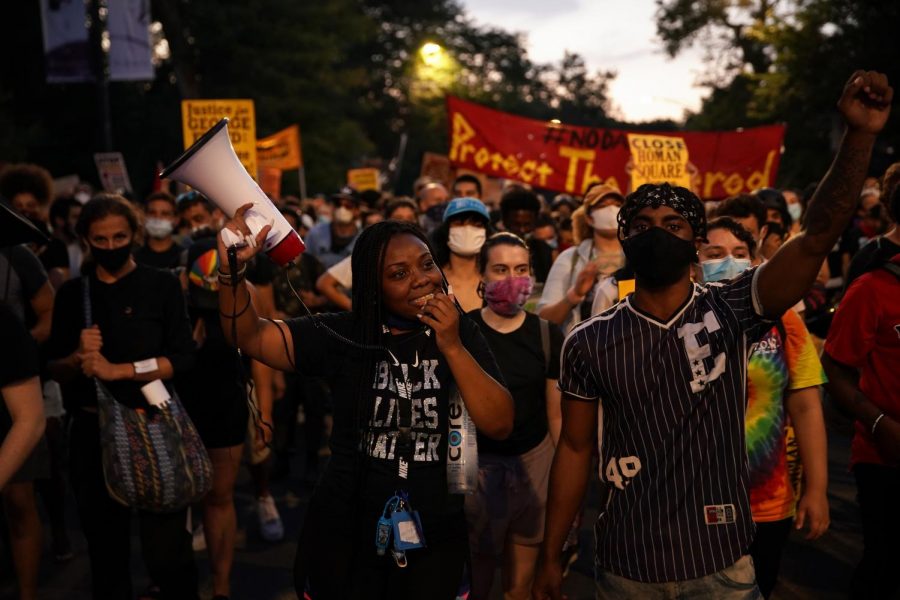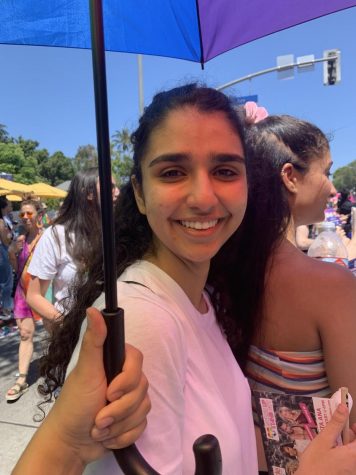Since the beginning of the summer, protests have erupted globally over the unjust killings of George Floyd, Breonna Taylor, Tony McDade, and others at the hands of police officers. The general outcry of these demonstrations is the demand for defunding the police in most major cities and allocating those resources to low-income neighborhoods.
Before attending a protest, it is important to properly prepare to ensure your safety and the safety of others. Protesting, in general, is already risky, but with social distancing still being implemented in most states, it is imperative that we maintain a safe distance from other demonstrators and wear a mask.
After considering the health risks, here are some tips on what to bring and what not to bring when attending a protest.
To best ensure safety, some things one should consider bringing are water, cash, an ID, a first aid kit, and a friend.
Water is beneficial for both drinking and treating tear gas. It is recommended to wear goggles to guard your eyes against any tear gas or pepper spray. In the event you are or others around you are tear-gassed, it is important to know what you must do. According to the Centers for Disease Control and Prevention, if exposed to tear gas, “rinse your eyes with plain water for 10 to 15 minutes.”
Contact lenses worsen the effects of tear gas, so if possible, leave them at home and opt-out for glasses. Dr. Kelly Johnson-Arbor, the medical director at the National Capital Poison Center, said, in an article written by USA Today, “tear gas or pepper spray particles can get stuck between the eye and lens and cause damage.”
Makeup is another thing to avoid wearing to a protest as it will also worsen the effects of tear gas. According to Physicians for Human Rights, makeup can “trap irritating chemicals, such as tear gas powder, underneath.”
More information on the effects and prevention of tear gas can be found here.
Minimal is the way to go so having an ID on you is the best way to be identified in the event you get arrested or injured. Write the numbers of a few people you trust in sharpie to make sure the numbers stay on throughout the day.
Wear a solid-colored long-sleeved shirt and pants. This will allow you to blend in with the crowd, cover up any tattoos, and ensure your identity is protected. If it’s not too hot out, layering up on clothes is a good option, as it will shield you from any potential rubber bullets. Wearing comfortable shoes is also recommended, as you will be moving around a lot throughout the day.
Do not bring your cell phone without doing the following: turning off touch or face ID, putting your phone in airplane mode, and disabling your data. Following these steps will help protect your identity. If you are taking pictures at the protests and decide to post them, make sure to blur out other protesters’ faces to protect their identities as well.
Arrests are known to still take place during peaceful demonstrations so it is best to be informed on your rights as a protestor. According to the American Civil Liberties Union, if you’ve been stopped by the police, it is recommended you stay silent. You are under no obligation to answer any questions about what you were doing, where you were going, etc. The only information you may give to the police officer during an arrest is your name and a request to contact your lawyer.
Recording police conduct is well within your rights. If you see an unlawful arrest or any other police misconduct and wish to record the incident, make sure to do so from a safe distance; as long as you are not getting in the way of an arrest, you are allowed to continue recording. Even though you are well within your rights, keep in mind that police officers may demand you to stop recording or delete any footage. When this happens, make sure to let the officer know that you are protected under the First Amendment and that you do not consent to turn over any videos or photos. Be prepared that a police officer may illegally arrest you for not complying. If this happens, try to make note of the police officer’s name and badge number.
For more information on what exactly your rights are when interacting with police can be found here.
Protesting is one avenue one can take to be in solidarity with the Black Lives Matter movement. For those who can not attend protests, there are many things that can be done from home to support the movement.
Other ways to show your support can be donating money to various Black-led organizations, supporting Black-owned businesses, signing petitions, taking the time to educate yourself by learning about white supremacy and how to be anti-racist, and holding difficult conversations with your family and friends.
More resources and donation links can be found here.





